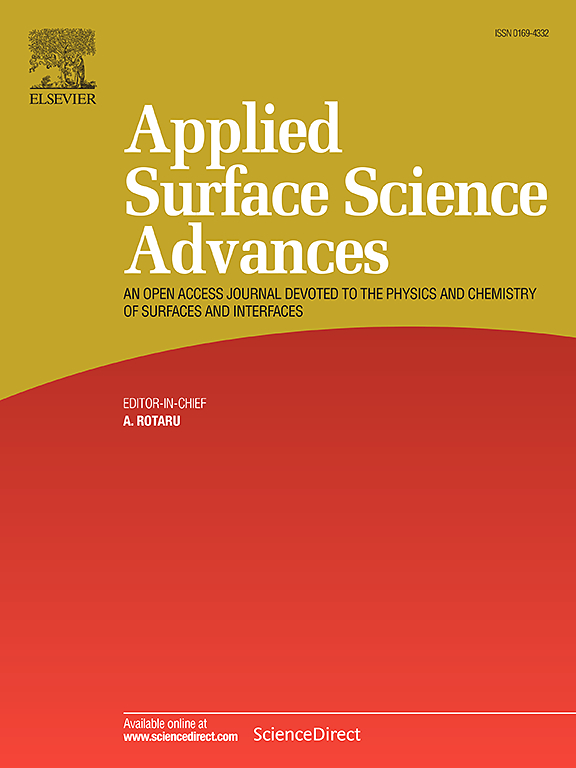Spectral characterization for the evaluation of a protective coating on dolomite by visible and near infrared spectroscopy
IF 8.7
Q1 CHEMISTRY, PHYSICAL
引用次数: 0
Abstract
Calcareous heritage stones are essential to the European cultural heritage but vulnerable to weathering that compromises their structural and aesthetic integrity. Graphene oxide (GO) emerges a promising protective coating, enhancing resistance to climatic aggressions while preserving the stone’s appearance and reducing restoration costs. To ensure effective application and to monitor durability, rapid and consistent on-site analytical methods are needed. This study evaluates infrared spectroscopy as a non-destructive and reliable tool for the characterization and quantification of GO coatings applied to dolomite stones coming from two different Spanish quarries. Using a partial least squares regression, spectral data enabled accurate assessment of the coating presence, concentration (which was tested in the range from 0 to 16.5 µg·cm⁻²), and uniformity. This work establishes vibrational spectroscopy as a powerful in situ technique for monitoring protective coatings on heritage stones, providing a measurable and reliable framework to safeguard cultural assets against environmental degradation.
用可见光和近红外光谱法评价白云岩保护层的光谱表征
钙质遗产石是欧洲文化遗产的重要组成部分,但易受风化影响,影响其结构和美学完整性。氧化石墨烯(GO)是一种很有前途的保护涂层,可以增强对气候侵蚀的抵抗力,同时保持石材的外观并降低修复成本。为了确保有效的应用和监测耐久性,需要快速和一致的现场分析方法。本研究评估了红外光谱作为一种无损且可靠的工具,用于表征和定量来自两个不同西班牙采石场的白云石的氧化石墨烯涂层。使用偏最小二乘回归,光谱数据可以准确评估涂层的存在,浓度(测试范围从0到16.5µg·cm⁻²)和均匀性。这项工作建立了振动光谱作为一种强大的原位技术,用于监测遗产石头的保护涂层,为保护文化资产免受环境退化提供了可测量和可靠的框架。
本文章由计算机程序翻译,如有差异,请以英文原文为准。
求助全文
约1分钟内获得全文
求助全文

 求助内容:
求助内容: 应助结果提醒方式:
应助结果提醒方式:


